In today’s world, normal cities are rapidly transforming into smart cities by using cutting-edge technologies like Artificial Intelligence (AI).
AI in smart cities plays an important role in improving efficiency, sustainability, and quality of life for citizens. From optimizing traffic flow and energy usage to improving public safety and healthcare services, AI is used in smart cities and our daily lives.
In this blog post, we will explore the top 10 applications of AI in smart cities, showcasing how this powerful technology is revolutionizing the future of our communities. Let’s get started!
Table of Contents
- 1. Traffic Management
- 2. Energy Efficiency
- 3. Public Safety and Security
- 4. Waste Management
- 5. Smart Buildings
- 6. Healthcare
- 7. Education
- 8. Smart Mobility
- 9. Environmental Monitoring
- 10. Citizen Engagement
- FAQ’s
- Conclusion
1. Traffic Management

Efficient traffic management is crucial for reducing traffic jams, pollution, and travel times in urban areas. AI in smart cities can analyze real-time data and predict traffic patterns, allowing for optimized signal control and route planning.
Here are real-world examples of traffic management using AI:
- London’s AI-powered traffic signal system has reduced delays by 13%.
- Pittsburgh uses AI to predict traffic jam areas and adjust signal timings accordingly.
- Los Angeles is testing an AI system that adjusts traffic lights based on live traffic data.
2. Energy Efficiency
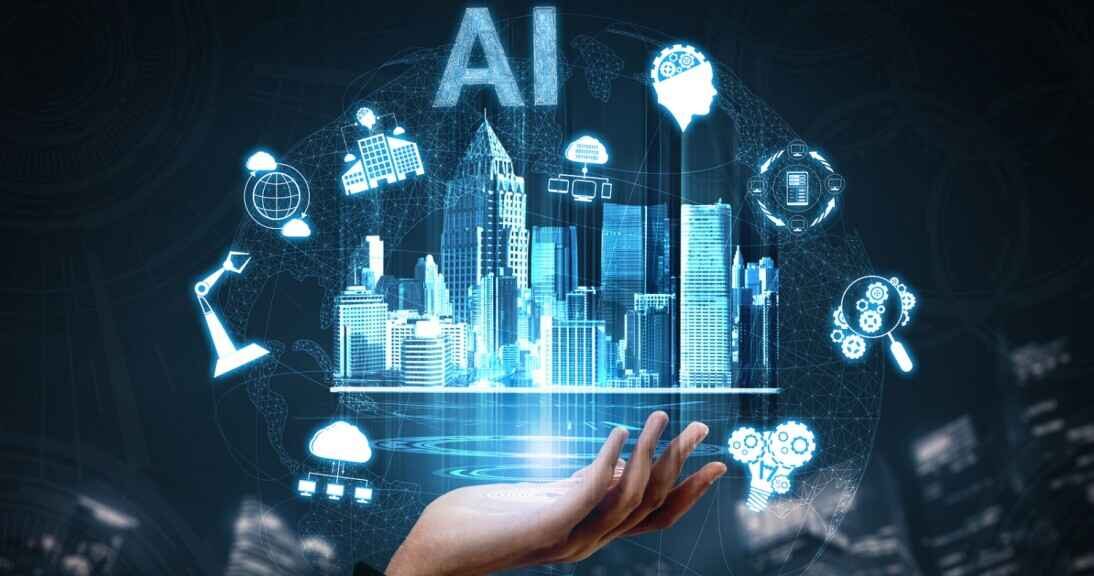
AI can significantly enhance energy efficiency in smart cities by monitoring and optimizing energy usage across buildings, infrastructure, and supplies. This results in reduced costs and a smaller environmental footprint.
Here are real-world examples of energy efficiency using AI:
- Amsterdam uses an AI platform to manage and predict energy demand across the city.
- Barcelona has implemented AI-powered street lights that adapt to pedestrian and vehicle movement.
- Google’s AI system has helped reduce energy consumption for cooling its data centers by 40%.
3. Public Safety and Security

AI systems can analyze data from CCTV cameras, sensors, and social media to detect and prevent crimes, monitor crowded areas, and optimize emergency response times.
Here are real-world examples of public safety and security using AI:
- Dubai uses an AI program called ‘Rashid’ to monitor CCTV footage and detect crimes and undesirable behavior.
- The city of New Delhi has deployed AI-enabled facial recognition technology to locate missing persons.
- Rio de Janeiro uses an AI system to predict areas with a higher risk of crime and allocate police resources accordingly.
4. Waste Management
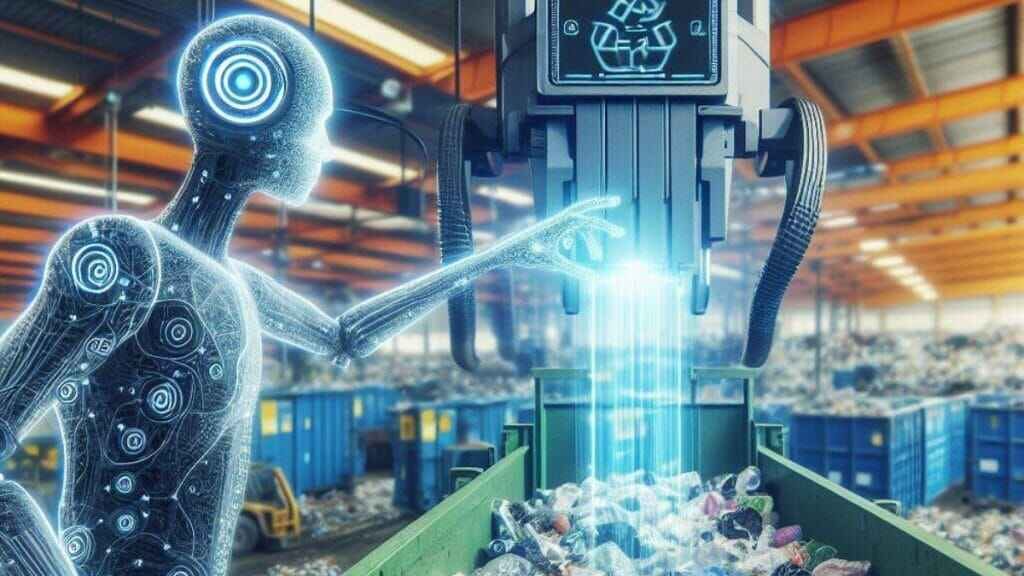
Smart waste management applies AI to optimize collection routes, automate sorting and recycling processes, and detect illegal waste. This can result in significant cost savings and a cleaner environment.
Here are real-world examples of waste management using AI:
- Seoul South Korea uses AI-powered sensors in trash bins to optimize collection routes.
- Several cities use machine vision systems to automatically sort recyclables from waste streams.
- San Francisco has implemented an illegal dumping prevention program using AI cameras.
5. Smart Buildings
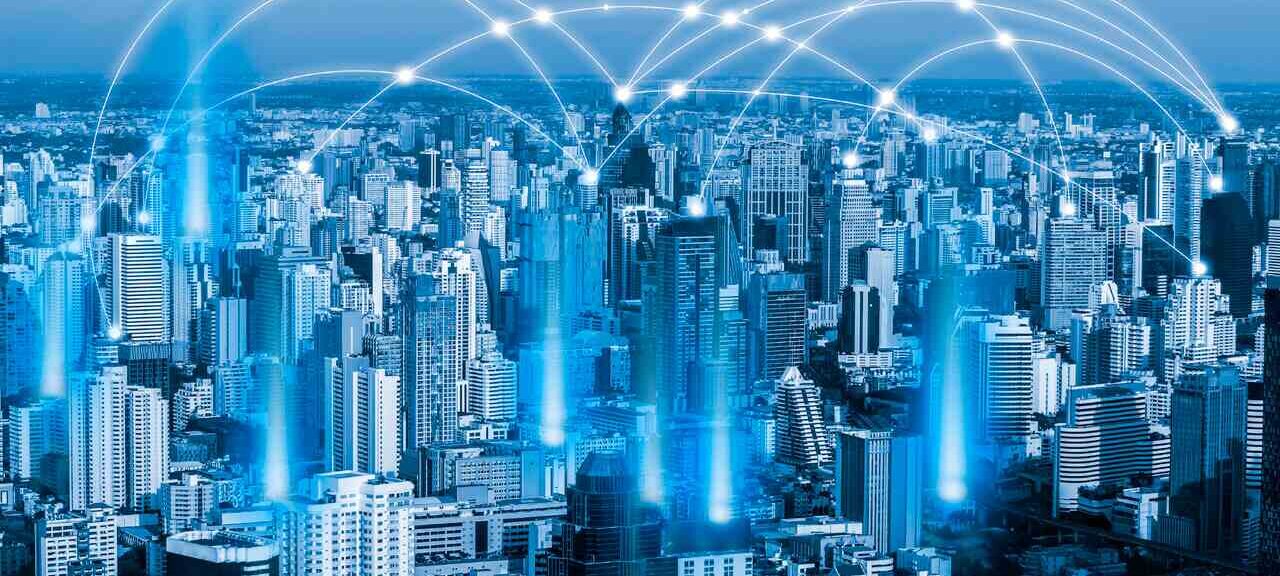
AI can greatly enhance building automation systems by intelligently controlling temperature, lighting, and air quality based on occupancy levels and user preferences. It can also predict maintenance needs.
Here are real-world examples of smart building using AI:
- Amsterdam’s ‘The Edge’ building uses an AI system to manage temperatures, lighting, and resources based on occupancy.
- Several hotels use AI-powered room assistants to control in-room amenities based on guest preferences.
- The AI company ‘Mapped’ uses drone data and machine learning to predict roof and building maintenance issues.
6. Healthcare
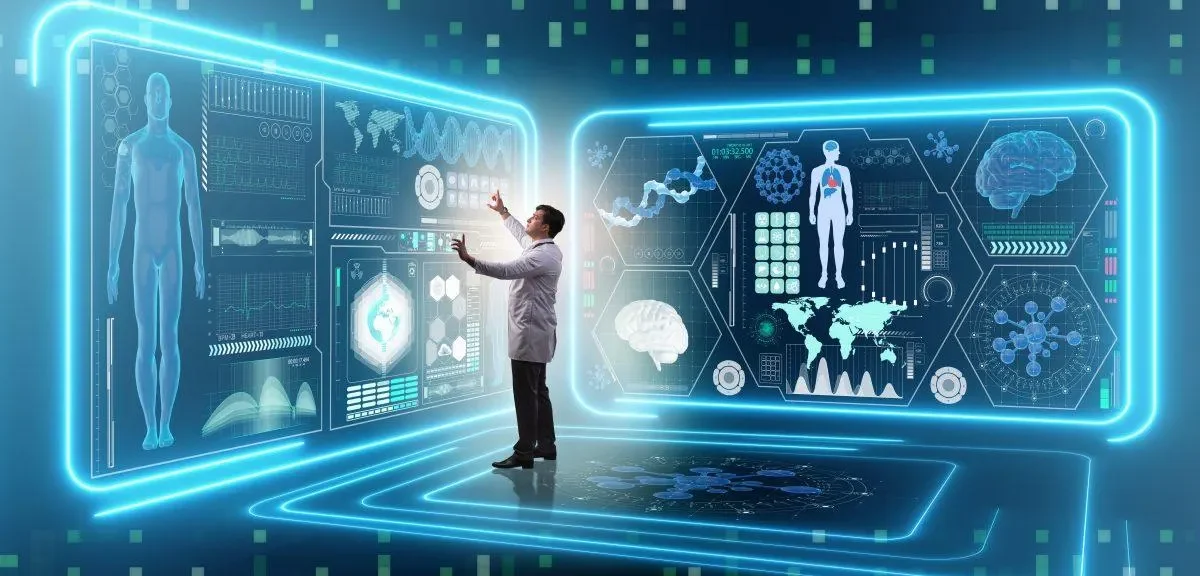
In healthcare, AI can remotely monitor patients, provide diagnostic assistance to doctors, and accelerate drug discovery by rapidly analyzing large datasets.
Here are real-world examples of healthcare using AI:
- AI algorithms from firms like Viz.ai can detect strokes from CT scans with high accuracy, allowing for faster treatment.
- AI-powered chatbots and apps are being used to remotely monitor patients with chronic conditions.
- AI systems are being applied to model potential drugs and their interactions for various diseases.
7. Education

AI tutoring systems can provide personalized learning by adapting to each student’s needs and learning patterns. AI can also help optimize teaching strategies through data-driven insights.
Here are real-world examples of education using AI:
- AI tutors by Carnegie Learning and Century Tech use machine learning to deliver customized learning experiences.
- The Woodburn Press AI teaching assistant provides one-on-one explanations to reinforce concepts.
- Several schools use AI-powered learning analytics platforms like Knewton to analyze student data and modify curriculums.
8. Smart Mobility

AI plays a pivotal role in optimizing mobility and transportation in smart cities. Applications range from autonomous vehicles to smart parking and mobility-as-a-service solutions.
Here are real-world examples of smart mobility using AI:
- Singapore has deployed autonomous trucks, buses, and taxis using AI to navigate city streets.
- Several cities have implemented AI-powered smart parking guidance and payment systems.
- Mobility companies like Uber use AI to predict demand hotspots and optimize vehicle routing.
9. Environmental Monitoring
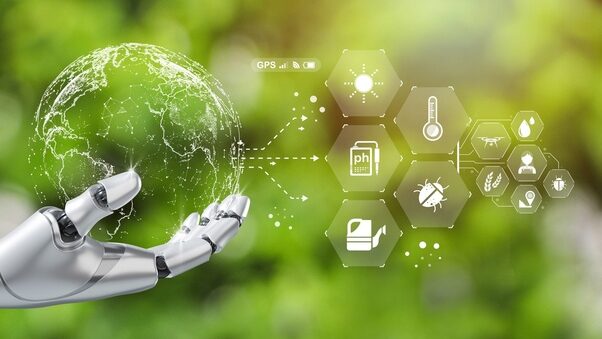
AI sensor networks enable real-time monitoring of air and water quality in urban areas. AI systems can also model and predict environmental changes or natural disasters.
Here are real-world examples of environmental monitoring using AI:
- AI sensors from companies like Ambisense monitor air quality in cities like Zurich and Belgrade.
- Microsoft’s AI system analyzes cloud data to predict crop yields and combat drought conditions.
- AI-powered bushfire prediction systems are used across Australia to detect and contain wildfires early.
10. Citizen Engagement

AI chatbots, virtual assistants and AI-driven analytics help smart cities improve citizen services and engagement through data-driven insights into public needs.
Here are real-world examples of citizen engagement using AI:
- New Delhi recently launched an AI virtual assistant called ‘The Green Guru’ to answer citizens’ queries on environmental issues.
- Los Angeles uses AI analytics by Zencity to analyze resident feedback across multiple channels.
- Cities like London use AI chatbots to provide information on municipal services and events.
FAQ’s
Smart cities use AI to optimize systems like traffic, energy, waste management, and security. AI also provides personalized citizen services through virtual assistants.
AI will revolutionize cities by automating processes, predicting patterns, and enabling data-driven decisions for efficient infrastructure, utilities, mobility, and citizen services.
AI helps create sustainable cities by optimizing energy use, enabling green transportation, monitoring the environment, and supporting conservation.
Conclusion
The applications of AI in smart cities are vast and rapidly evolving. From improving mobility and sustainability to enhancing citizen services, AI is at the forefront of urban innovation. As cities continue embracing AI, addressing challenges like data privacy and job displacement will be crucial. Nevertheless, AI in smart cities holds immense potential for building intelligent, efficient, and livable urban environments.


1 thought on “Top 10 Applications of AI in Smart Cities”